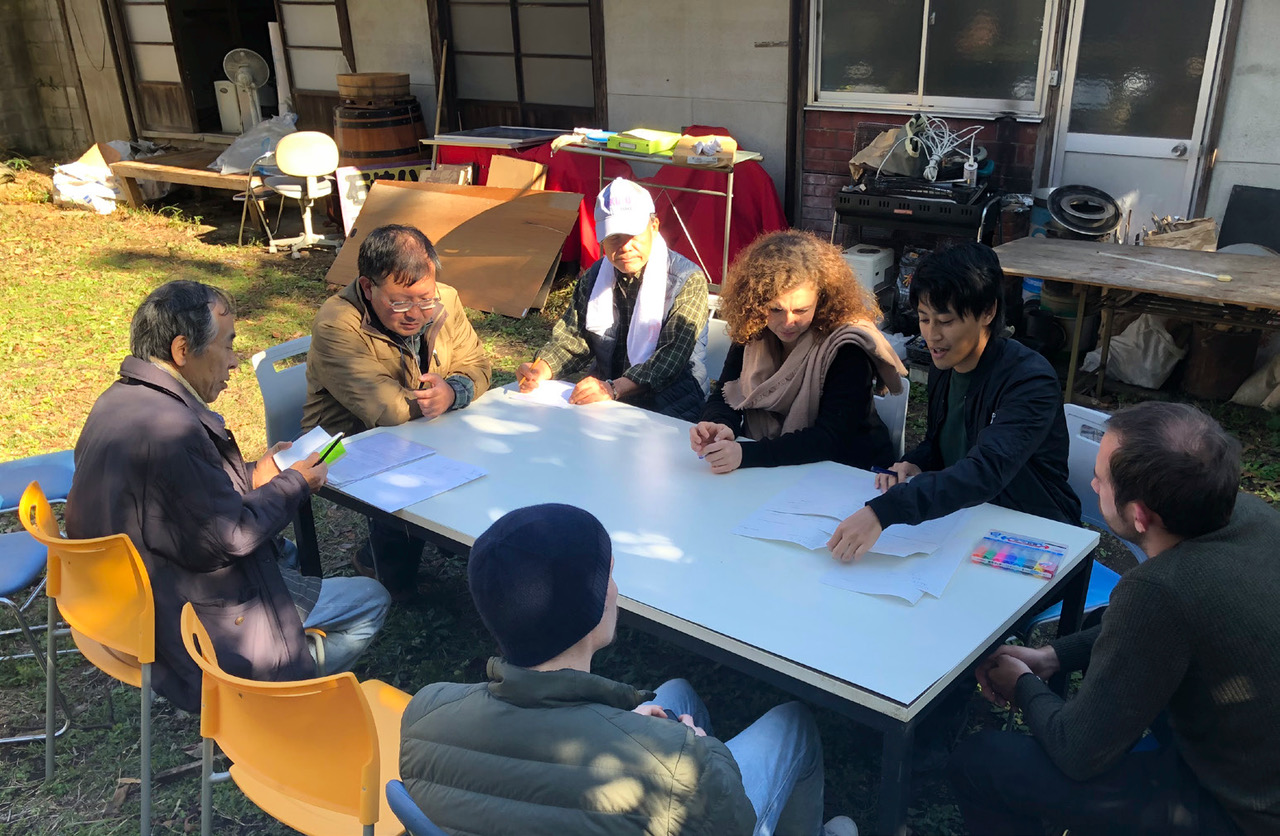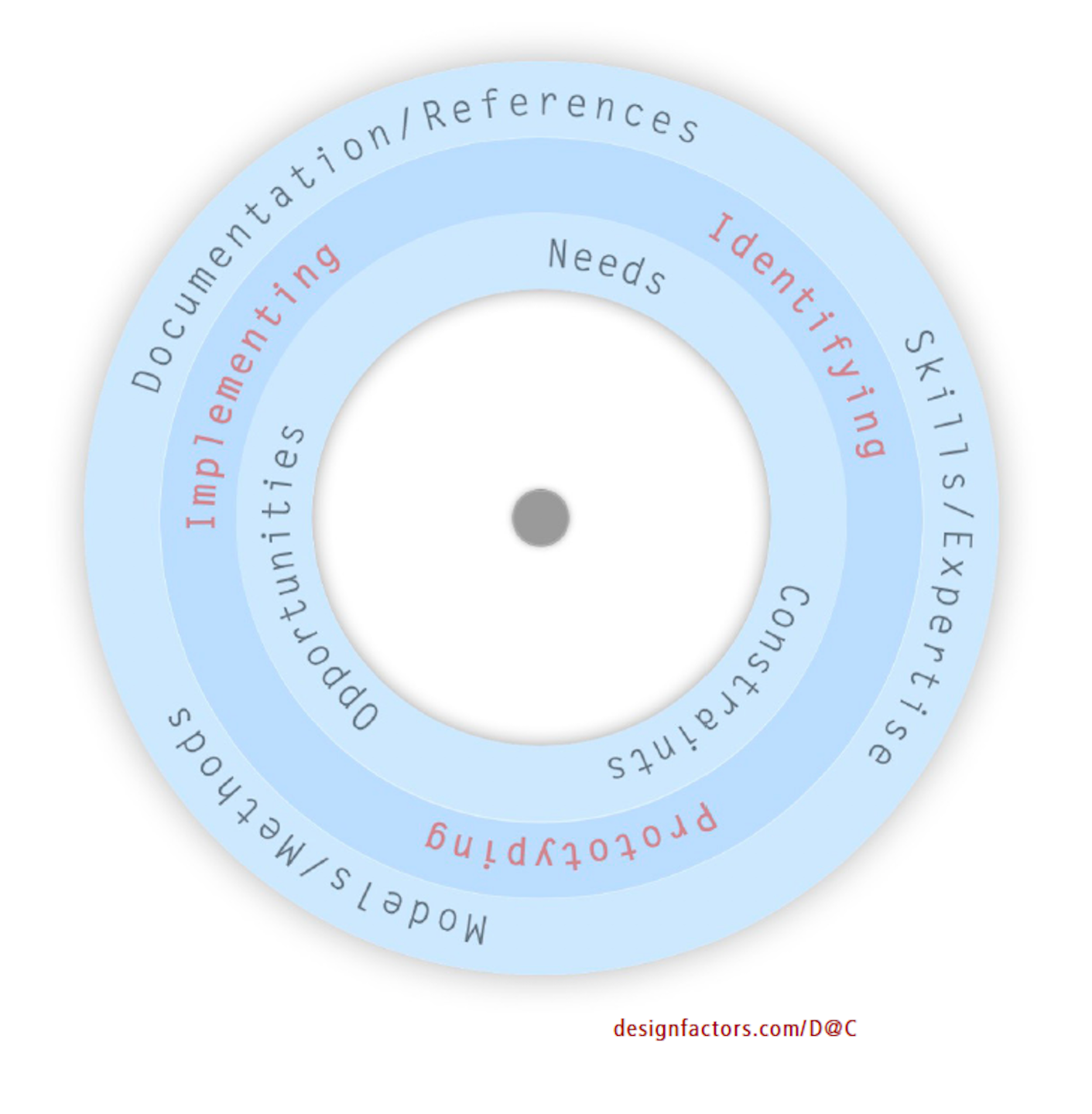教育 (Education)
最終更新日:
場のデザイン - 創造的産業とのコラボレーション , Place Design – Collaborations with Creative Industries
授業科目など要旨
担当教員イステッキ ジハンギルのアプローチは学際的であり、学生、教員、市民が領域を超えて、コミュニティの中で共通の目標に向かって一緒に取り組んだりオープンに学ぶことには価値や意義があります。時には、市民に学生の教育と学習の為にパートナーとして参加してもらっています [図1- A, 図1- B ]。
このCOデザイン実技科目は、大阪府能勢町で未来創生を目的としたコミュニティの取り組みに貢献するフィールドワークとマイクロインターンシップを提供しています。能勢の人々は、持続可能なコミュニティの将来のためのプログラムや施設の開発に熱心に取り組んでいます。私たちは毎年の経験や洞察を活かし、地域活動のモデレートの援助や支援をしていきます [図2]。
Class Summary
Course Instructor Cihangir Istek’s approach is interdisciplinary, and there is value and significance in students, faculty, and citizens working together and openly learning across disciplines toward common goals within a community. In some cases, we ask citizens to participate as partners in the education and learning of students [Figure 1-A, Figure 1-B].
This CO Design Practical Course provides fieldwork and micro-internships that contribute to community efforts aiming at the future creation in Nose Town, Osaka Prefecture. The people of Nose are passionate about developing programs and facilities for a sustainable community future. We will use our experience and insights each year to help and support the moderation of local activities [Fig.2].
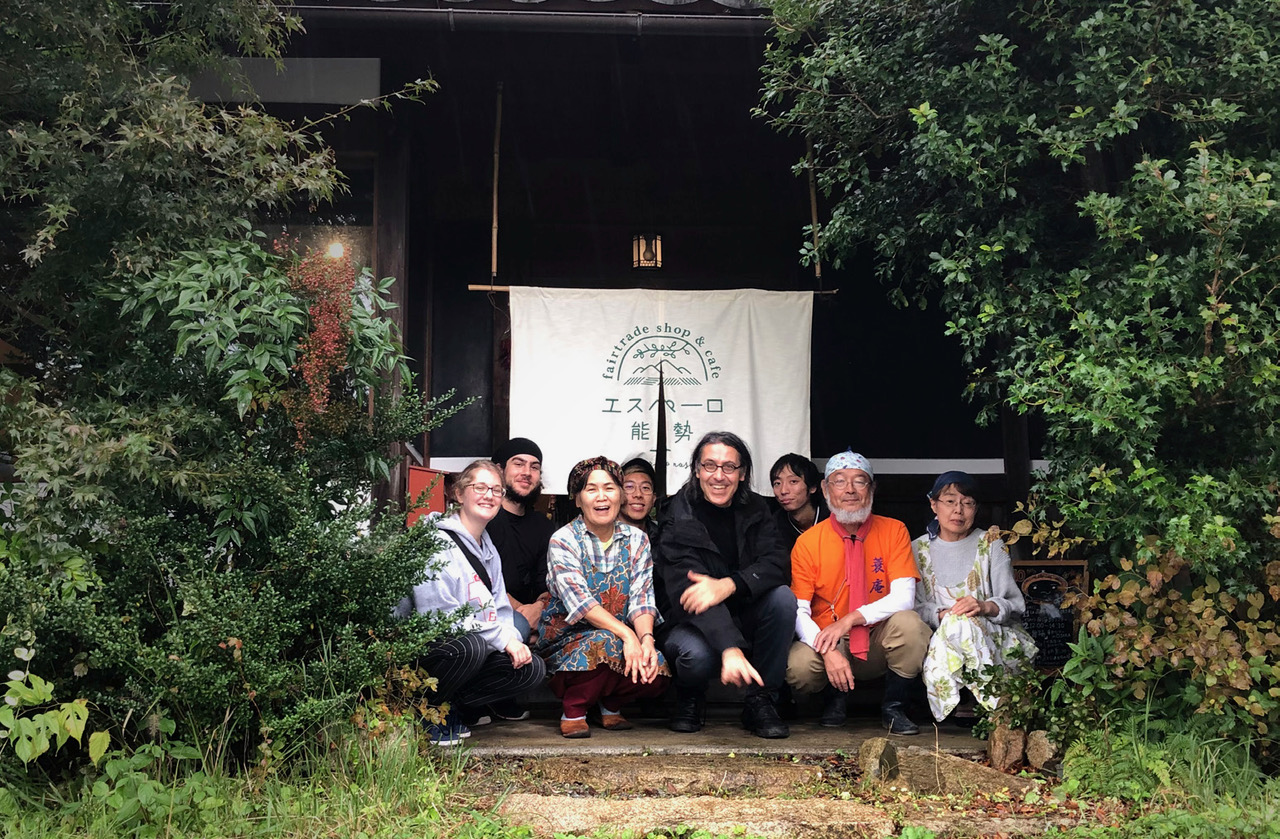
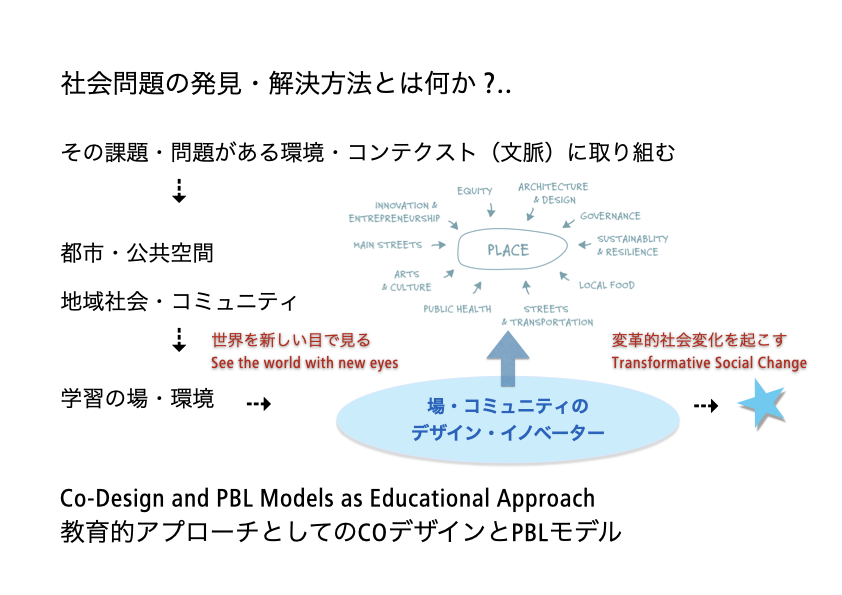
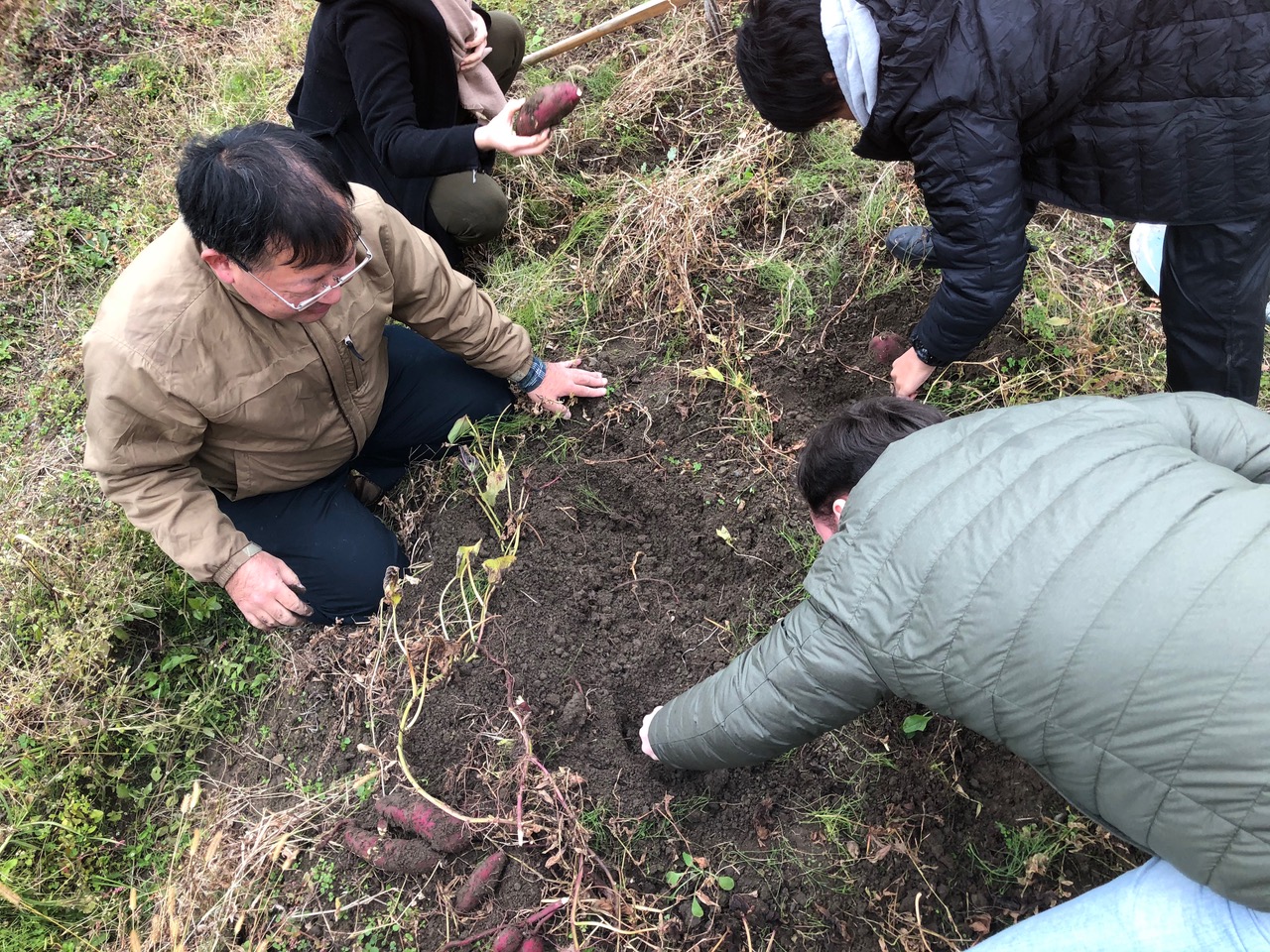
SDGs貢献可能性
2019年以来、大阪近郊の里山、能勢で実施された調査訪問とマイクロ・インターンシップ、フィールド型のデザインプラクティス(試作など)に続き、「地域創生実技科目」を大阪大学の留学生と大学院生で、様々な課題を自らスローイノベーションで解決し、地域資源を活用発展した持続可能で豊かに暮らせる「里山の未来」を目指しています。若い世代の都市部流出により高齢化するなど様々な社会の問題を地域住民と共に学生達は考え、創造的デザイン思考を用いてあらゆる観点から取り組み解決策を提案しました。
社会におけるデザインの役割として、近隣の地域と連携を組み創造的な教育カリキュラムや「空き家と庭の再生」、「地域資源の活用」、「世代を超えた学び」などをキーワードとしたまち・環境づくり (創生) の可能性の実現を目指します [図3]。
Possible Contributions to SDGs
Since 2019, research visits, micro-internships, and field-type design practices (prototyping, etc.) have been conducted in Nose, known as a Satoyama near Osaka. We can solve various problems by ourselves through ‘slow innovation’ and utilize local resources to develop and live in a sustainable and prosperous way. Together with local residents, the students considered various social issues, such as the aging of the population due to the outflow of young people to urban areas, and proposed solutions from all perspectives using critical creative design thinking.
As the role of design in society, we will collaborate with neighboring communities towards a creative educational curriculum and its environment based on keywords such as “revitalization of vacant houses and gardens,” “utilization of local resources,” and “learning across generations.” Thus, we aim to realize the possibilities of creation [Figure 3].
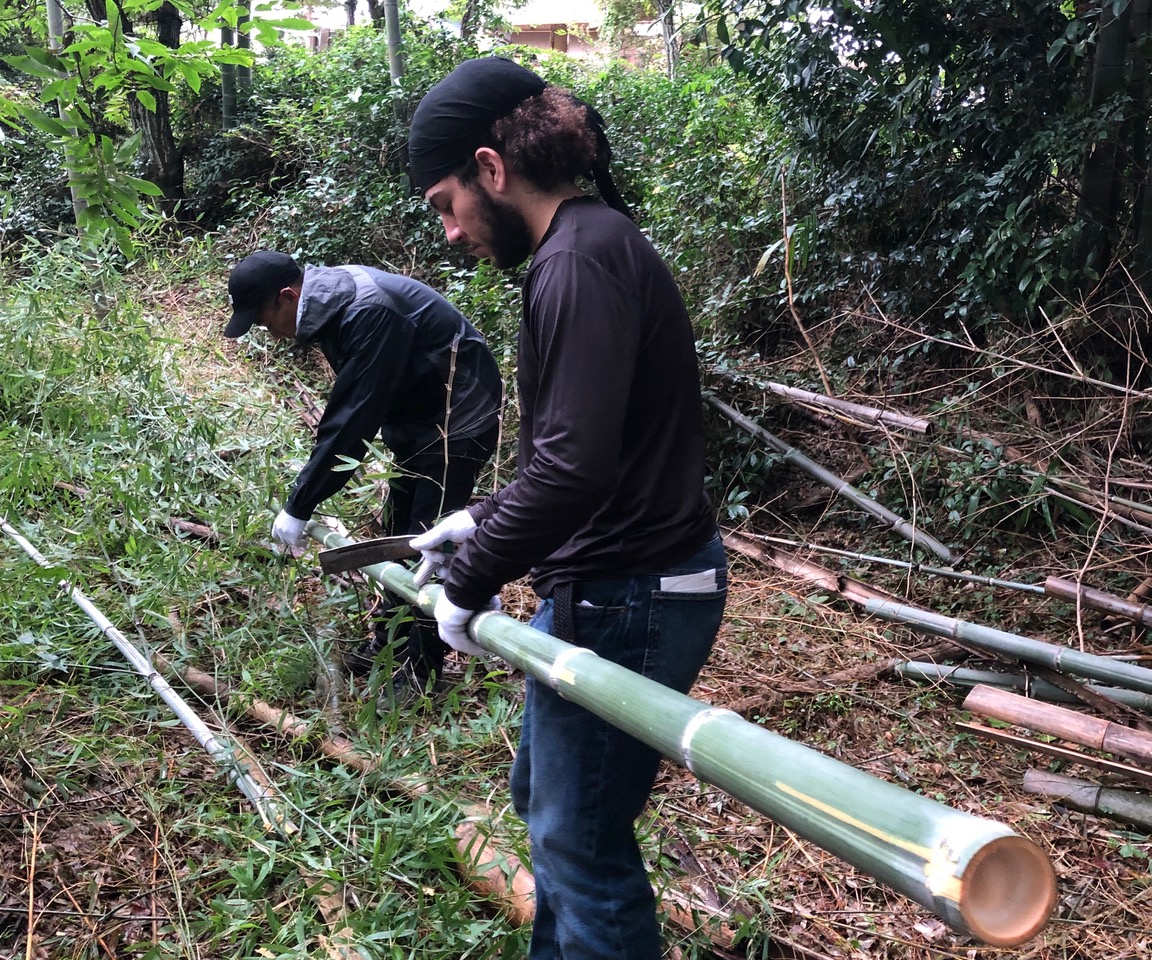
備考
これまでのデザイン(例:製品など)は、「重さが軽い」や「速度が早い」等、物的デザイン仕様を追いかけ、従来のデザイン手法に依る市場志向性を目指してきました。しかし、これからは、デザインの対象としては物だけではなく、人々や環境の多様性、意義、役割、価値観、快適に暮らすという体験が大事になってきます [図4]。
その対象は人間個人から社会・コミュニティまでと幅が広いです。そう言った意味で、ソーシャルコンテクスチュアルデザインが求められる時代になったと考えます [図5]。
Further Remarks
Until now, basing itself to conventional design approaches, design (e.g. product etc.) has pursued physical design specifications such as “lightness” and “speed”, aiming at market orientation. From now on, however, design will not only focus on things or artifacts, but also will emphasize the diversity, significance, roles, values, and comfortable living experience of people and the environment [Fig. 4].
While the subject matter more and more shift from individuals towards societies and communities, we think that we have entered an era where a social contextual design approach is needed [Fig.5].
